Use 'Print preview' to check the number of pages and printer settings.
Print functionality varies between browsers.
Printable page generated Thursday, 22 January 2026, 2:12 AM
Week 4
Week 4
This week we return for a look at digital skills from an open perspective. You’ll learn about remixing and Creative Commons licenses, and will have a go at creating a meme and hacking a news site.

Remix and the essential elements of digital literacies
Welcome to the last week of the course. In previous weeks you had a chance to reflect on the way you learn, on how you engage with the web and the skills you need to be more effective online, and found out about MOOCs. For this last part of the course we look at the concept of digital literacies from an open perspective.
The video below is a recording of open educational thinkerer Doug Belshaw's talk at TEDxWarwick 2012. Watch him put the concept of remix at the heart of digital literacies. Digital literacies are those capabilities which support living, learning and working in a digital society which are more than digital skills. Digital literacies are the digital knowledge that we have that can be transferred from one digital context to another. As such, digital literacies are a lifelong project.
Remix is one of the five activities that define when resources available on the web can be considered open, together with:
- Retain – the right to make, own, and control copies of the content (e.g., download, duplicate, store, and manage)
- Reuse – the right to use the content in a wide range of ways (e.g., in a class, in a study group, on a website, in a video)
- Revise – the right to adapt, adjust, modify, or alter the content itself (e.g., translate the content into another language)
- Remix – the right to combine the original or revised content with other material to create something new (e.g., incorporate the content into a mashup)
- Redistribute – the right to share copies of the original content, your revisions, or your remixes with others (e.g., give a copy of the content to a friend)
These are the 5Rs permissions.
Activty 4.1 Your 5Rs
Think about your own work: Which of these Rs do you do? Do you have any experience/examples?
In the next sections, we propose two activities for you to explore the concept of remix. Before then though, you need to learn about open licensing.
This is what Banjar had to say about sharing his work.
“I have developed my own recipes, particularly of Shan dishes. I have posted these on Facebook. I’m very happy for other people to reuse my recipe and revise it. Often one doesn’t have every ingredient so a chef needs to improvise and find a substitute. This is one way cooking can develop.”
About Creative Commons licences
It is common enough to assume that because something is online, it is also free to use. But is it, really? Do you normally ask the person who uploaded a resource to the web whether you can use that in your presentation, in your report…? Most likely you don't. That’s what Creative Commons licenses are there for: they let you know exactly how authors would like you to use a resource while they retain copyright. The following image, adapted from How to Attribute Creative Commons Photos by FOTER explains what each of the licenses allows you to do:
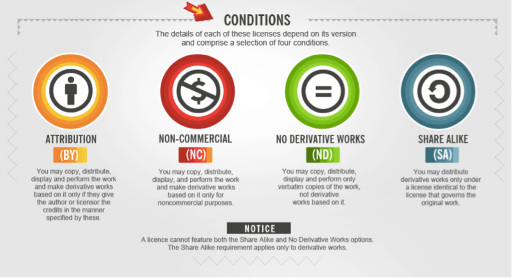
You can view a larger image in a new tab here.
These licenses can be combined. For example, the image reproduced right above this paragraph has been released under a CC BY-SA license, which means that it can be reused in this course as long as it is attributed and shared under the same terms. The author has not added any restrictions with regard to adapting the resource (note that we have cropped it from the original) or using it for commercial purposes.
What is important for you to understand is that only resources allowing for adaptation are actually open. See the slide below, created by Paul Stacey: a resource with a No-Derivatives (CC-ND) license stops you from making any changes to it, therefore it is not open!
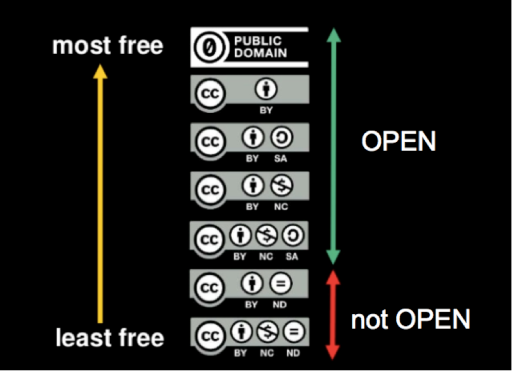
Memes
The Oxford Dictionary of English defines a meme as:
"An image, video, piece of text, etc., typically humorous in nature, that is copied and spread rapidly by Internet users, often with slight variations".
In the video you watched earlier, Doug Belshaw says memes "amplify ideas and make them stick in your imagination". Remixing images, he adds, you demonstrate some digital literacies: the cultural, the communicative and the creative at least. But not all memes need to be funny; they can also play a social role or for example, be part of a business marketing strategy. Have a look at some examples:
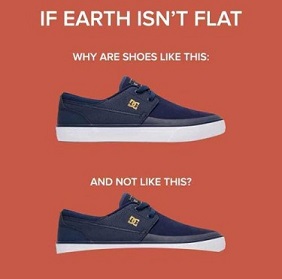
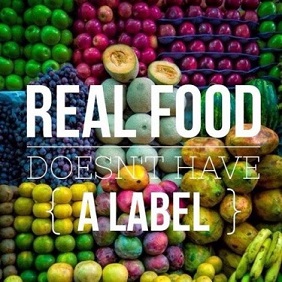
Next, have a go at remixing images and create your own meme.
Creating a meme
Activity 4.3 Create a meme
1. Go to Flickr and search for an image that you would like to use. Remember that you are remixing content so your chosen image needs to be available under a Creative Commons licence allowing adaptation. You can filter the search results by licence, as shown in this screenshot:
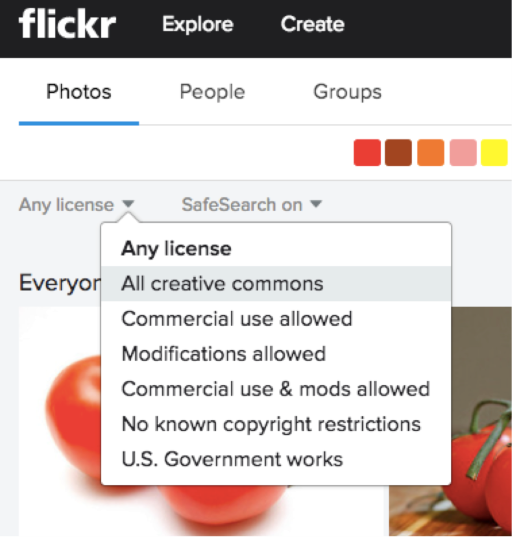
You can also search for images to use for free on Unsplash.
2. There are a lot of online tools and mobile apps that allow you to create a meme. You can choose any of them but for simplicity purposes, and because you can upload your own photos and not only browse images in their library, in this activity we suggest you go to Free Meme Generator Canva. It is extremely easy to use; just follow the instructions on the screen and when you are ready, download your meme to your computer.
Note also that you don't have to use an online tool; if you have access to Powerpoint for instance, this works just as well. Insert your image on a new slide, add text and format it to your heart's content.
Here Is Mon Mon’s meme:
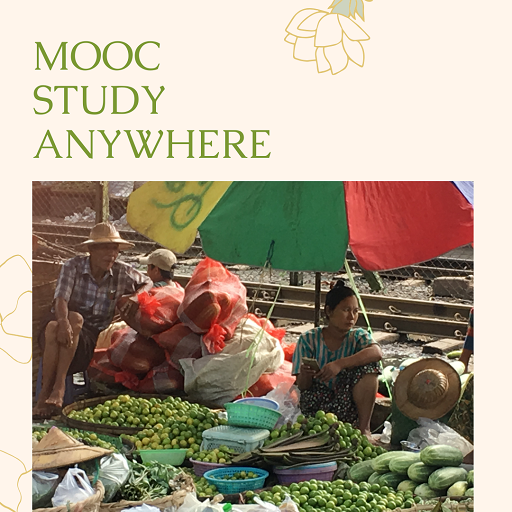
Final note
You have now come to the end of the course. Thanks for joining us during these four weeks. We hope that you enjoyed it and that you feel you have improved your digital skills, you are more confident having a digital presence, and that you better understand how you can use the web for learning.
In order to gain recognition of successful completion and receive a certificate, you need to read all the sections in the course and complete this end-of-course survey. This shows your interest in the subject and can be used to demonstrate your commitment to your continuing professional development. It does not, however, carry any formal credit towards a qualification as it is not subject to formal assessment.
If you are interested in other courses in the TIDE programme, you can find them listed on the Collection page.
For other courses developed by bizMOOC, please visit the project's website.